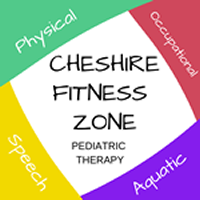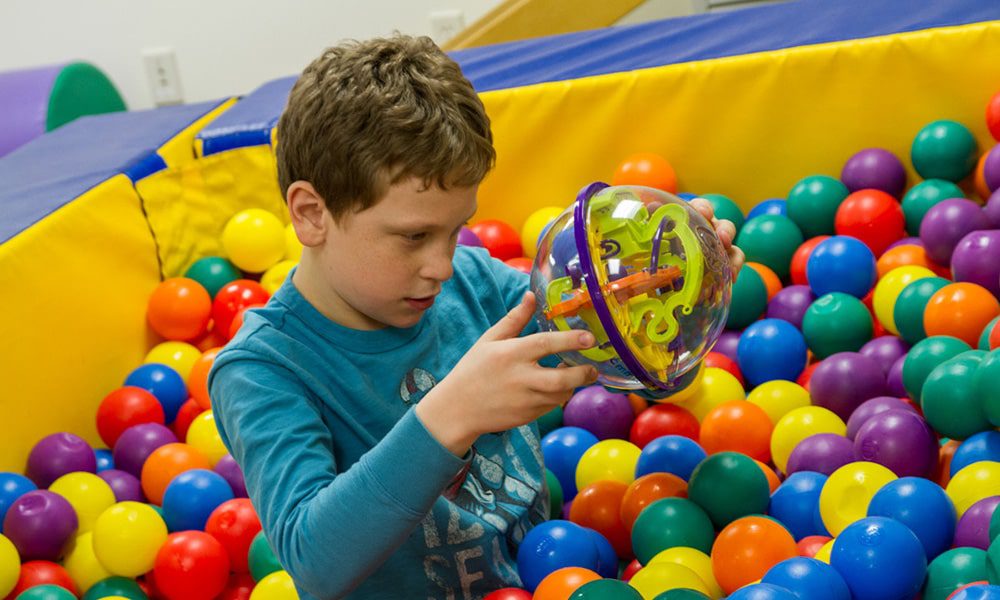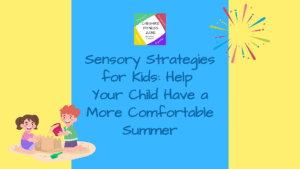Occupational therapy is a kind of therapy that places a focus on assisting people with a sensory, cognitive or physical disability, to be as independent as possible in all aspects of their lives. Occupational therapy can help both children and adults improve on their cognitive, physical and sensory skills as well as increasing their confidence level and making them feel more accomplished.
Occupational therapy strives to develop and maintain a person’s skills and abilities to perform day-to-day tasks in work and in leisure. Staff and personnel who provide occupational therapy are called occupational therapists. These therapists work with people from all ages, in a range of conditions due to natural causes, self-inflicted causes, accidents or due to aging. A child who is required to undergo treatment for occupational therapy lessons, should be sent to the best environments, such as a care center equipped with the best equipment and material for occupational therapy.
If a child’s parent is financially challenged and too busy to bring him/her down to the center, they may make a compromise and schedule an occupational therapist to work at home instead, with the child. This way, the child still receives treatment and care while the costs of the lessons are lesser. Here are 5 at-home learning activities that are apt for kids who are working with an occupational therapist:
Hands-on activities
Providing the child with hands-on activities such as cutting of paper, threading of pins through holes, writing on paper and transferring objects from one place to another promotes fine and gross motor skills. These skills help to keep the child’s limbs and body active and improve their control over their limbs and fingers.
Visual perception skills
There is a need for individuals to have sharp visual perception skills. In fact, a child can be trained on visual perception skills using common items. Simply sort them by color and let the child recognize them. Besides testing their knowledge of colors, you can also test the child’s knowledge of numbers and quantity.
Sensory processing and training
One way to incorporate sensory processing and training into occupational therapy lessons is by making it fun yet useful for the child, at the same time. Mums or therapists can read a book (while the child sits on a bean bag) so that the child is aware of the different texture of the seat. You may also set up obstacle courses at home and let the child crawl through, improving on his sense of direction as well as exercising his limbs. Allow the child to play or ride a bicycle in a park improves his sensory processes too.
Creation of structures and objects using play dough
Therapists can let the child play with play-dough and let their imaginations go wild. Allowing children to create structures and objects strengthens their finger, limb and hand strength, as well as exercises their memory and mental health.
Coordination skills
Therapists can ask a child to sing while testing him on math questions. This improves the child’s ability to multitask while being able to handle both tasks at once. This benefits the child in the long run and improves his hand-eye coordination.



